
How To: Make Paper Flowers from Old Books
Make flowers that don't fade and also expresses your love of books! What You'll Need


Make flowers that don't fade and also expresses your love of books! What You'll Need
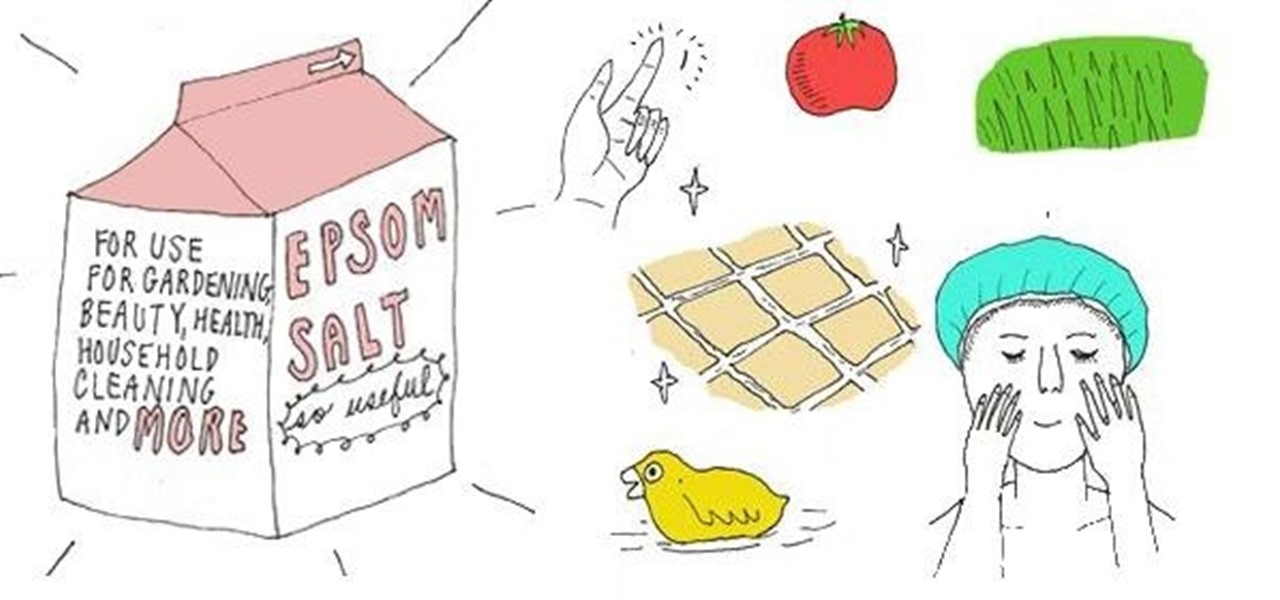
If you've never had a reason to keep some Epsom salt in your home, I'm about to give you seven good ones, some that will surely surprise you.

UPDATE: Looks like the previously featured mysterious translucent skeletal specimens aren't the work of unknown scientists, but rather a project by Japanese scientist-turned-artist Iori Tomita. Tomita majored in fisheries as an undergraduate student, and has since used his knowledge to create a beautiful collection of mutated sea creatures, called “New World Transparent Specimens". Tomita creates his specimens by dissolving their flesh, and then injecting dye into the skeletal system.
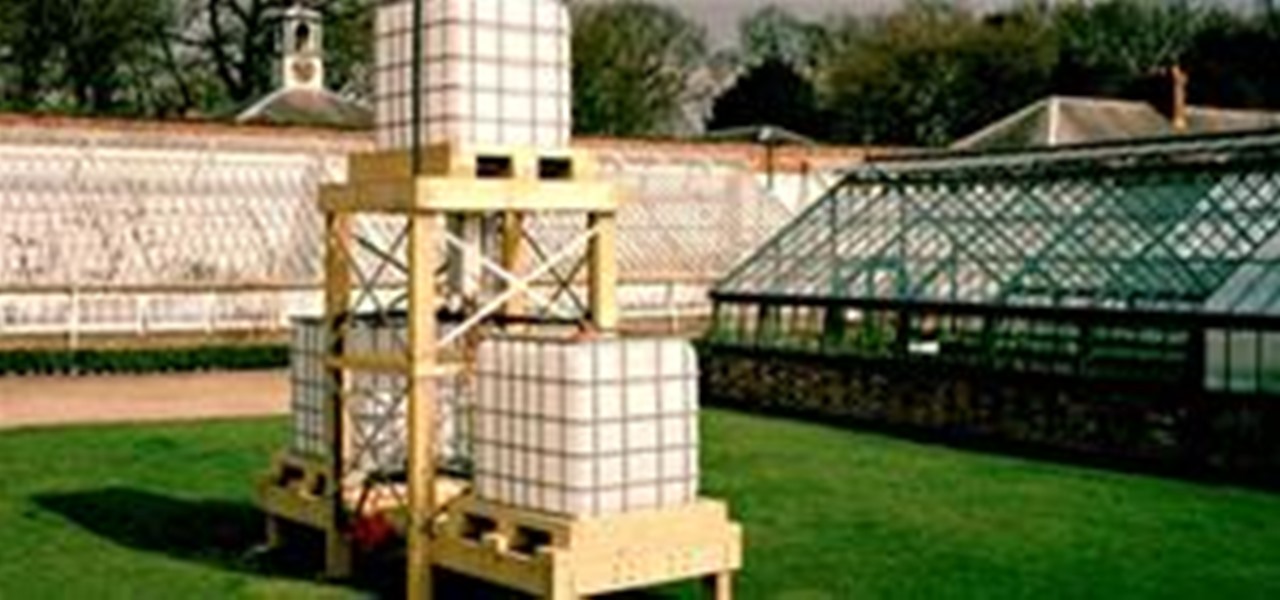
Artist Austin Houldsworth of the UK has come up with a device that drastically speeds up the process of fossilisation. Entitled Two Million & 1AD, Houldsworth is capable of creating a fossil in a few months (which otherwise might require thousands of years). Houldsworth is currently experimenting with objects such as a pineapple and phesant, but ultimately hopes to fossilize a human. Houldsworth proposes:
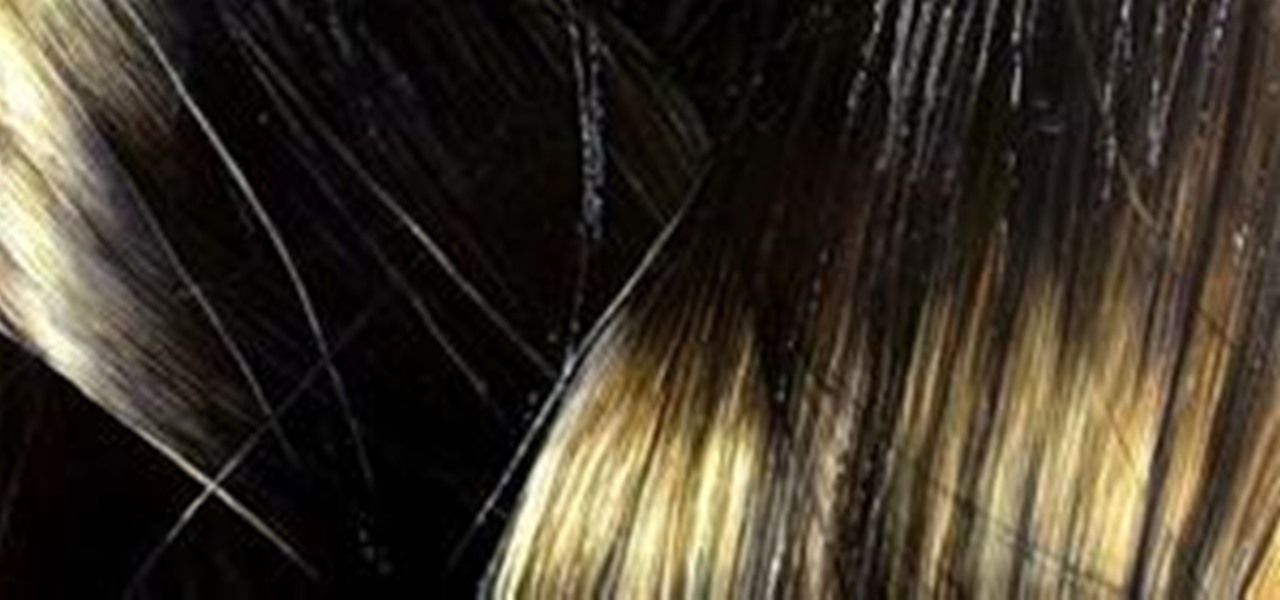
Amazing series of charcoal/graphite drawings and oil paintings by Hong Chun Zhang. "Twin Spirits are large charcoal hair drawings, self-portraits of my twin sister and me. I use long hair to exaggerate our major characteristic and as a metaphor to reveal something that is beyond the hair. These drawings are presented as scroll paintings in order to accentuate the length of the piece and the flow of long hair..."

LEGO maniac Dave DeGobbi has created a small, traveling "eco-punk" city which exists on a mobile platform.

Hot pink lips is one of the best makeup looks for the summer! The hot pink lips in this video are combined with some subtle, glittery eyes for a nice effect.
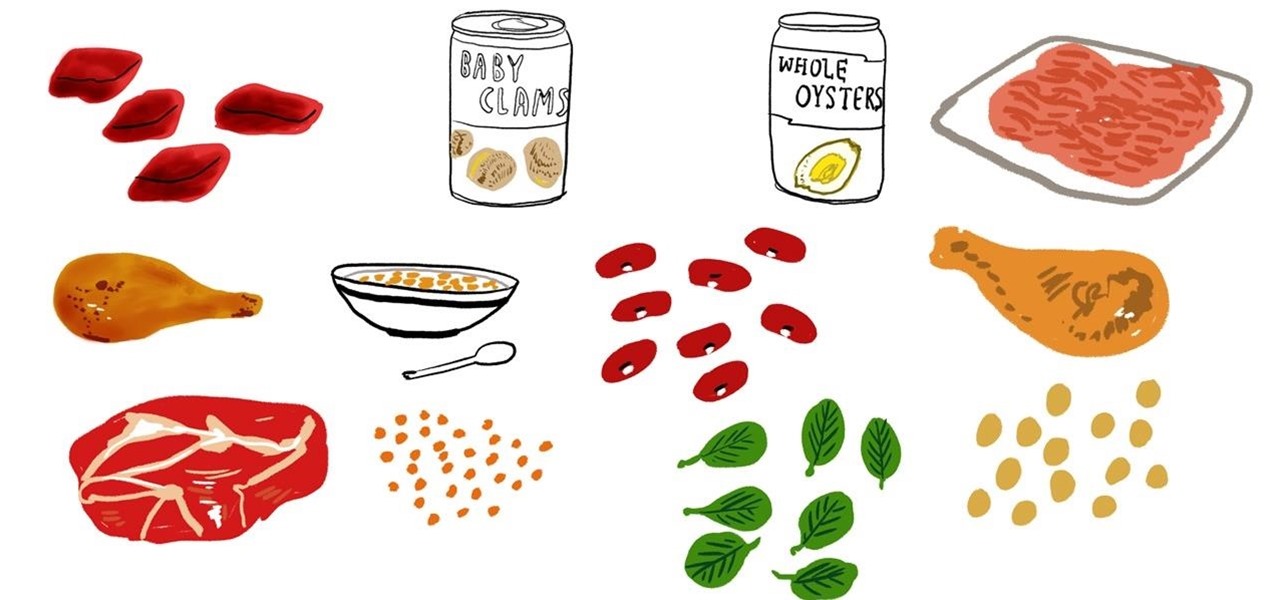
Iron deficiency is the most common nutritional deficiency in the United States, and how much or how little you properly consume iron on a daily basis can be the difference between feeling constantly tired or feeling like you are energized enough to seize the day.
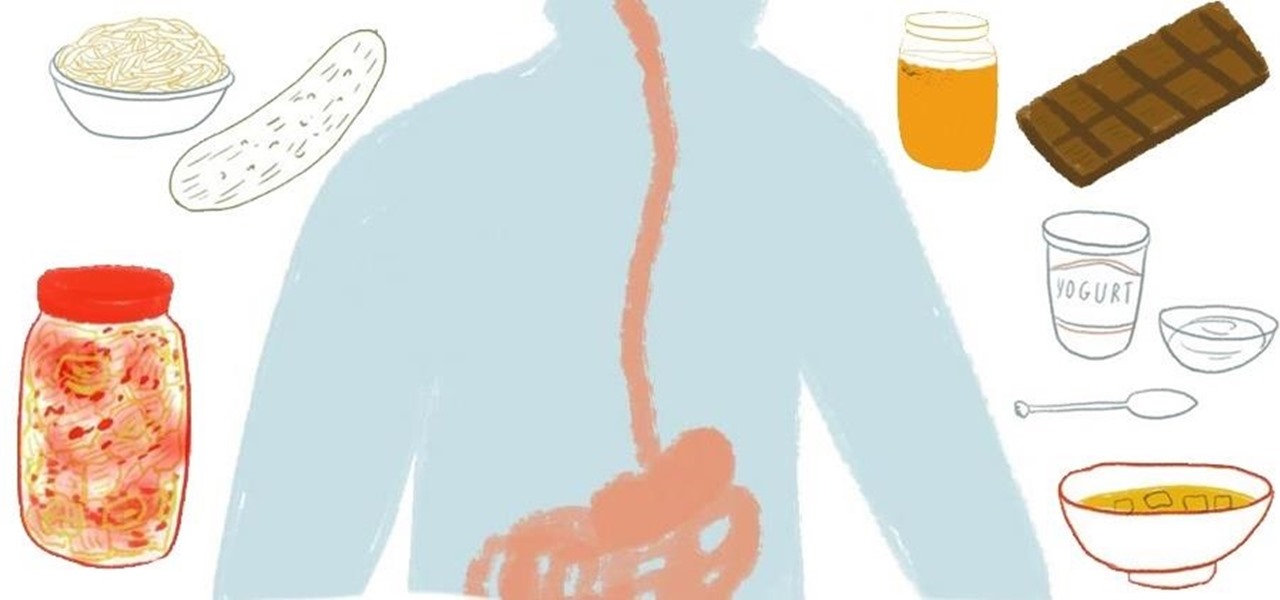
Probiotics are microorganisms in the form of bacteria or yeast that live in your gut and help your body absorb beneficial vitamins and minerals. When consumed live, they help boost your immune system and maintain your overall body health.
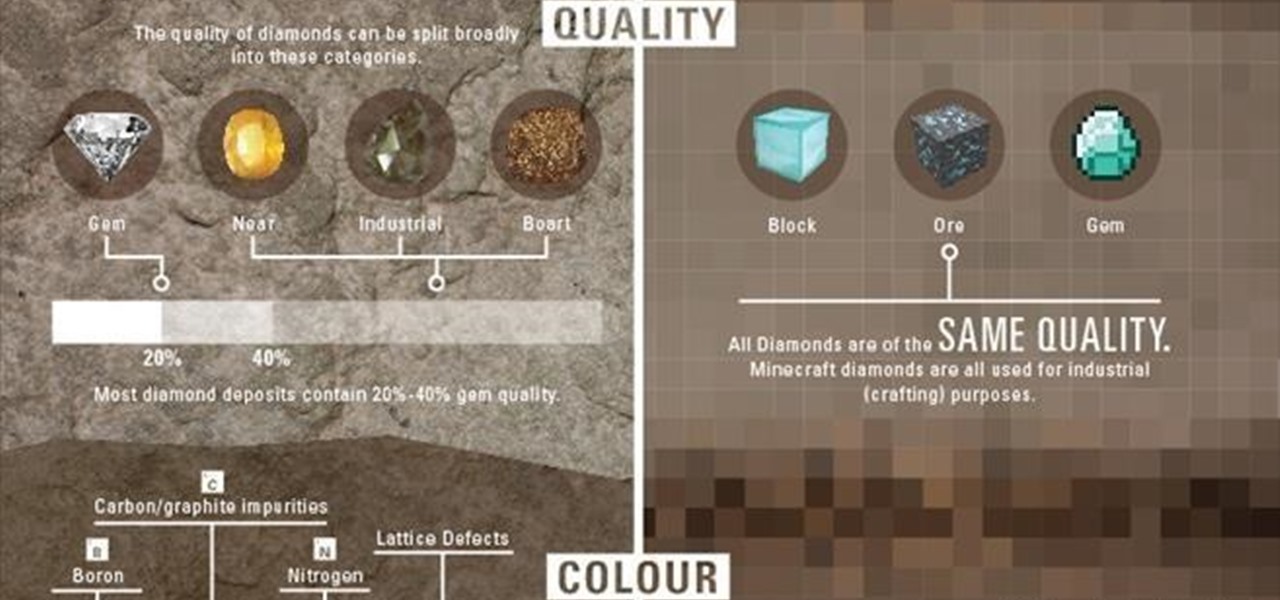
Diamond has the highest hardness and thermal conductivity of any bulk material. It's also considered incredibly beautiful and a symbol of live. Here we take a look at how they stack up against their virtual counterparts.
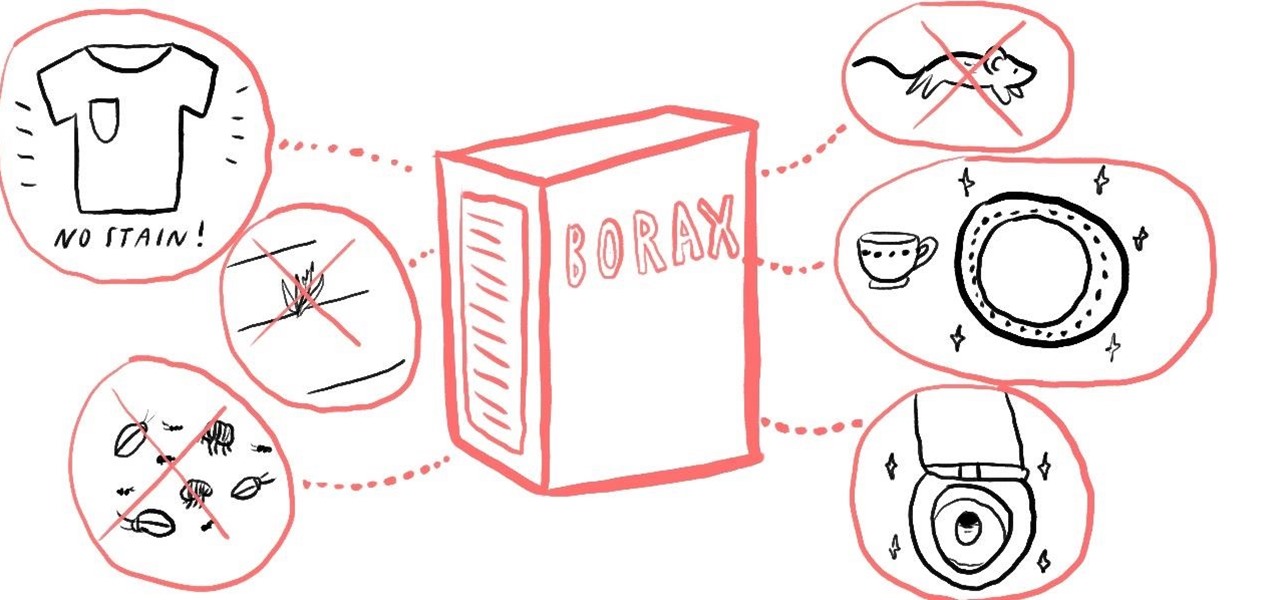
Originally discovered in dry lake beds in Tibet, borax is a mineral and a salt of boric acid, and is usually sold in white powder form in drugstores. Like baking soda, borax has many household cleaning uses, and can also be used to get rid of insects and pests from your living space.
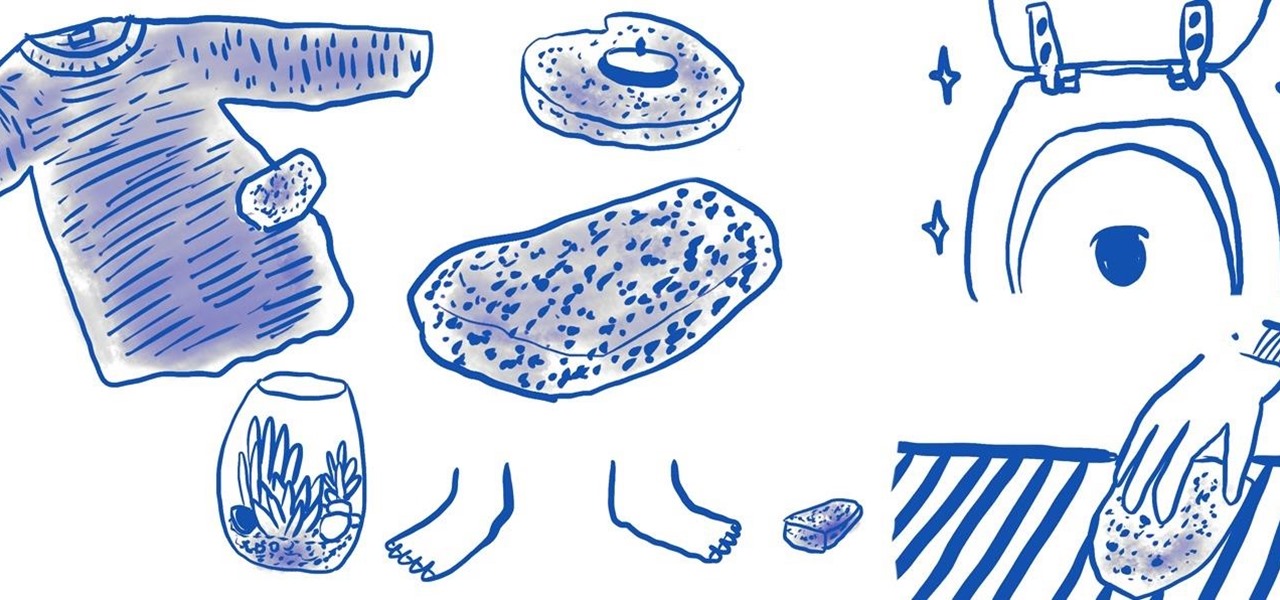
Need to scrub stubborn mineral deposits from your toilet bowl or leftover food gunk from your oven rack? Use a pumice stone, which will remove hardened material from the surface without leaving behind a scratch.

Want to make your homemade pancakes and waffles fluffier? To enjoy a restaurant-quality breakfast, simply replace liquids used in the recipe with club soda.

Ramen. The staple of every boho and college dorm dweller has a new application. This DIY from Carissa Browing appeals to hipsters, foodies and craftsters, alike.

This clip presents a quick tutorial on using global illumination in Houdini's Mantra renderer. It covers ambient occlusion, full irradiance, path tracing and photon mapping. Whether you're new to Side Effects Software's popular 3D production program or a seasoned graphic artist just interested in better acquainting yourself with the application, you're sure to be well served by this free video tutorial. For more information, including detailed instructions, take a look. Use global illuminatio...

Popularized by artists like Son House and Skip James, Delta blues is not only one of the oldest forms of blues music, it is among the most stylistically distinct and technically rewarding to play. In this video guitar lesson from YouTube user deltabluestips, you'll learn how to adapt Delta blues-style technique for Rolling Stones style right-hand playing. While this lesson is geared more toward intermediate and advanced guitarists, this means beginning players merely have all the more to lear...

If you watch only one tutorial on using the Essentials 2 plug-in for Photoshop Elements, it should be this one. Learn your way around the user interface of Cut it Out as well as how to use Cut it Out for most images. Cut it Out in Essentials makes it really easy to remove objects or colors from a photo without using tedious trace tools in Elements. Use Cut It Out in Essentials for Photoshop Elements.

Using Photoshop’s Pen tool, you will learn how to trace a photograph and turn it into an outline with paths. Whether you're new to Adobe's popular image editing application or simply looking to brush up on Photoshop CS4, you're sure to enjoy this free video tutorial. For detailed instructions, and to get started generating outlines from your own digital images with Photoshop CS4, take a look. Turn a picture into an outline using Photoshop CS4.

Rain can make for an amazing photograph, but it can do disastrous things to your equipment. This super simple DIY cover from Purple Summit Photography will keep out the rain so you can capture beautiful shots no matter the weather, and it's made using things you probably have lying around. Photo by Jon Shave

Michelle Gervais shows us how to make easy garden lanterns in this tutorial. First, grab an empty can and fill it with sand up to the top, then fill it with water. Put the can in the freezer and let it sit overnight. Next, grab a leaf template and place it on a piece of white paper, then put parchment paper over the leaf and trace the leaf. Now, grab the can and put it on a cushion and wrap your stencil on the can and secure with tape. Grab a sharp nail and hammer, and hammer the nail around ...

Skating backwards can be challenging but an instructor from Expert Village shows us two easy ways to learn. Several important things to keep in mind before you begin is to not be afraid of falling, make sure your body is relaxed, and your knees should not be locked. Now, from a standing position and weight equally distributed on both legs, slowly push your legs out to the side then back again in a sort of figure eight and then repeat. This will slowly propel you backwards. Another way to skat...

Watch this video from This Old House to learn how to install a stand-by generator. Steps:

In this video, Amy R. Hughes shows you how to breathe new life into a salvaged urn by creating this easy water feature in 5 quick steps.

Making your own circuit boards can be a daunting challenge. You have to design a schematic, test it on a breadboard, design the board layout, and then after all of that, you still have to print and etch a board!
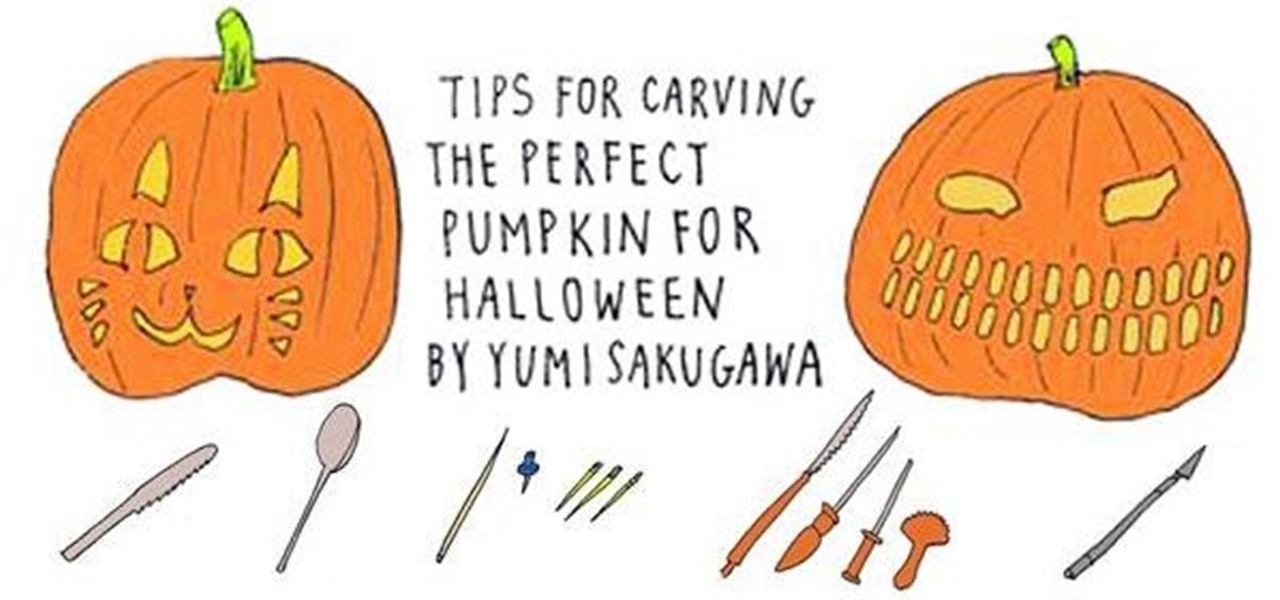
It's not too late to carve yourself the perfect pumpkin for Halloween. This year, be fully equipped with the know-how on picking out the right pumpkin from the local pumpkin patch, having the right carving tools, tracing a stencil onto the pumpkin before carving, and keeping your pumpkin looking as fresh as possible in time for the night of October 31st. Boo-ya.

In this two part tutorial from Alvaro Castaneda you will learn how to create a logo in Maya. We begin by tracing the logo in a vector app, then use that to start building the logo, using Maya to bring it to life. In part two we add shaders to our geometry to later light and render our final logo. Create a logo in Maya - Part 1 of 2.

Vector graphics is the use of geometrical primitives such as points, lines, curves, and polygons, which are all based upon mathematical equations to represent images. In this Flash 8 video tutorial you will learn how to trace an image and convert it to vector graphics Flash 8. Make sure to hit "play tutorial" in the top left corner of the video to start the video. There is no sound, so you'll need to watch the pop-up directions. Convert pictures to vector graphics in Flash 8.

In Part I, Kirsten showed you how to create templates for your applique. In this video, Part II, we'll show you how to use these templates, along with a heat-fusible sheet, to pre-cut and easily apply our applique fabric. Our apron project is completed in this video!
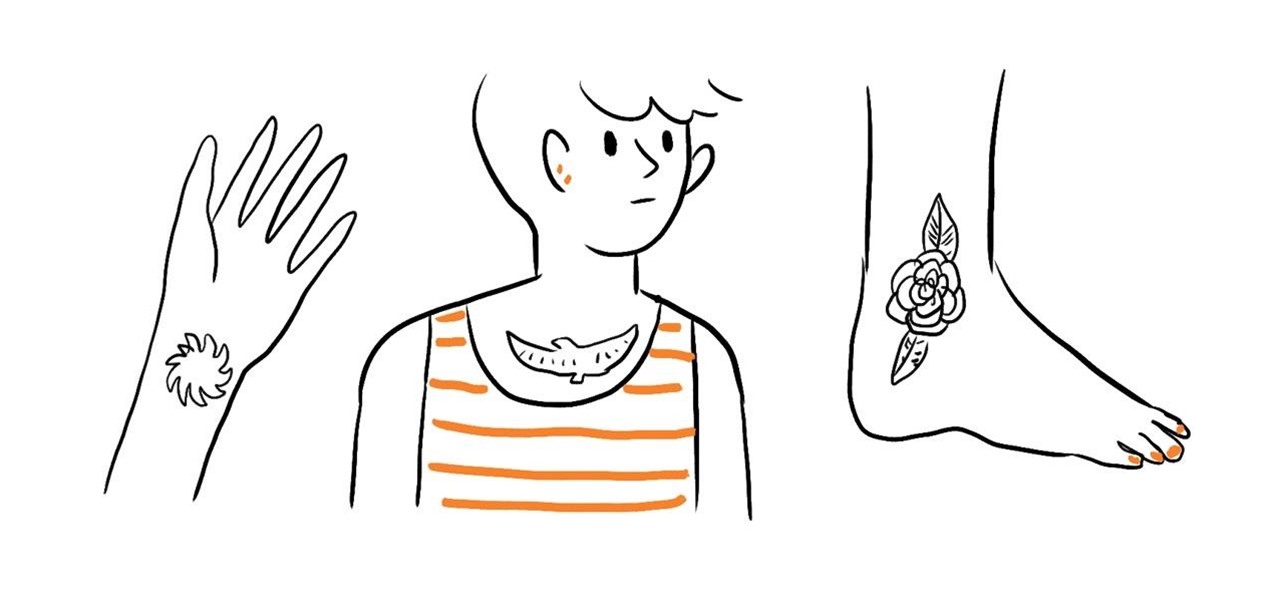
Whether you need very temporary skin art for a costume or simply want to test-run a potential tattoo design before it gets permanent, making your own temporary tattoo only requires wax paper, a printout or drawing of your desired design, black eyeliner, rubbing alcohol, baby powder, liquid bandage, and a lot of patience.

The fire piston is a primitive device that many claim Rudolph Diesel used as a model for his namesake engine design. Both employ the use of compression ignition. The piston compresses the air to over 800 degrees Fahrenheit. This results in the ignition of the tinder in the tip of the bolt.
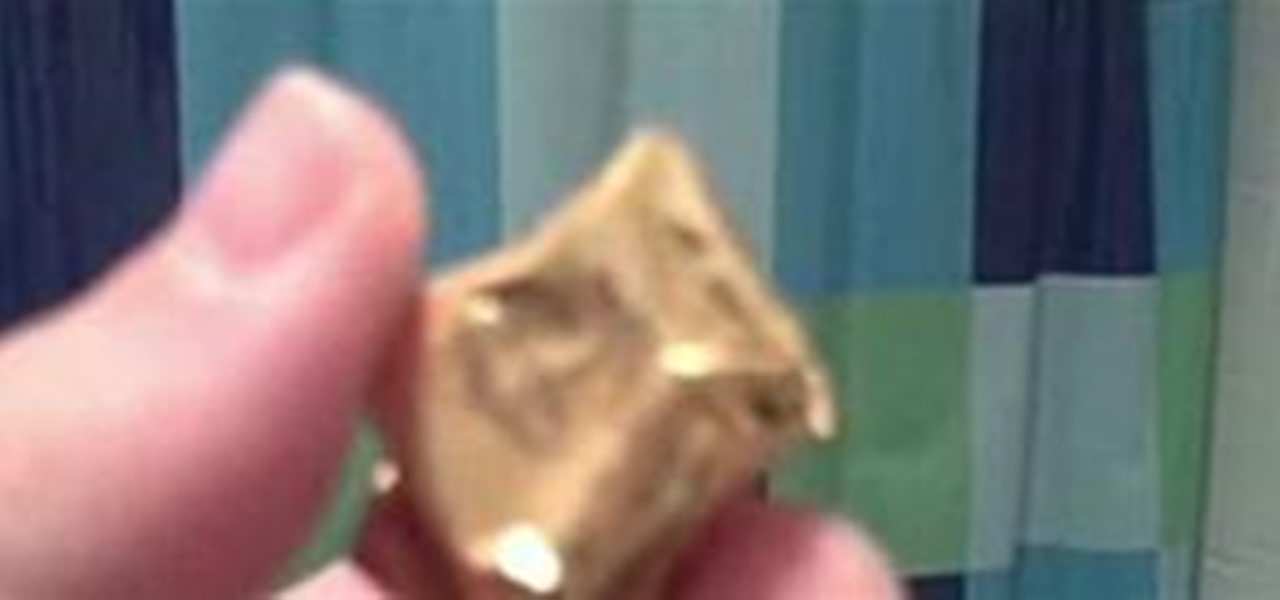
Mom, watch your back. I kid you not. Stealth. Super-annoying without being dangerous. No trace. Sublime in that Ian Fleming kind of way.
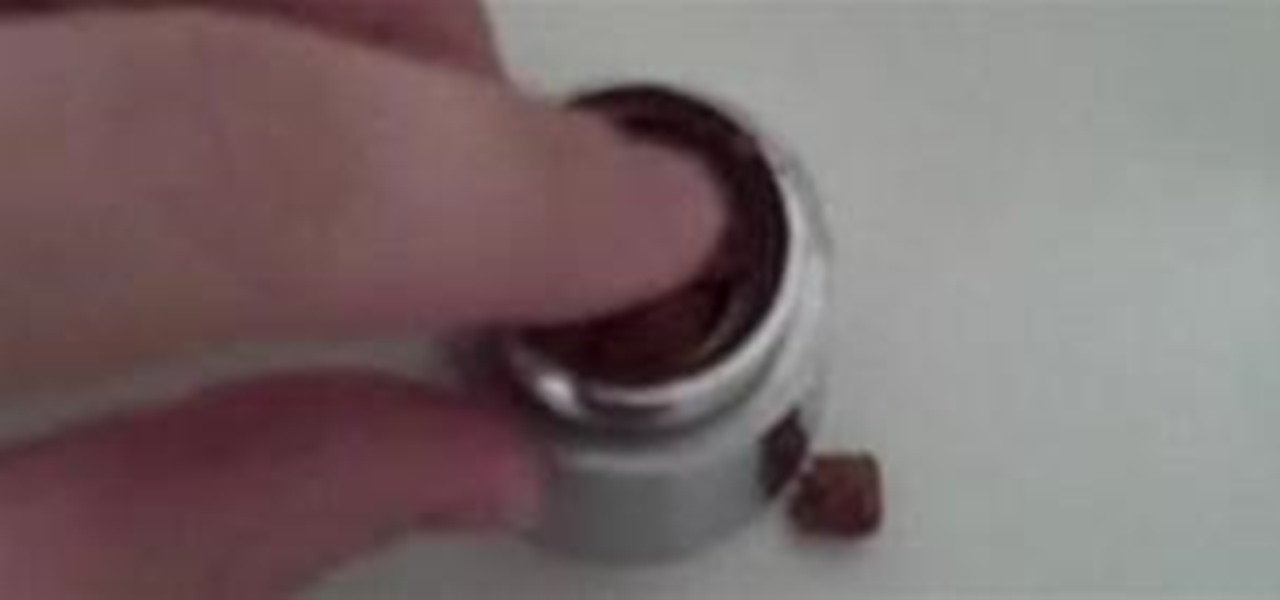
Mom, watch your back. I kid you not. Stealth. Super annoying without being dangerous. No trace. Sublime in that Ian Fleming way.
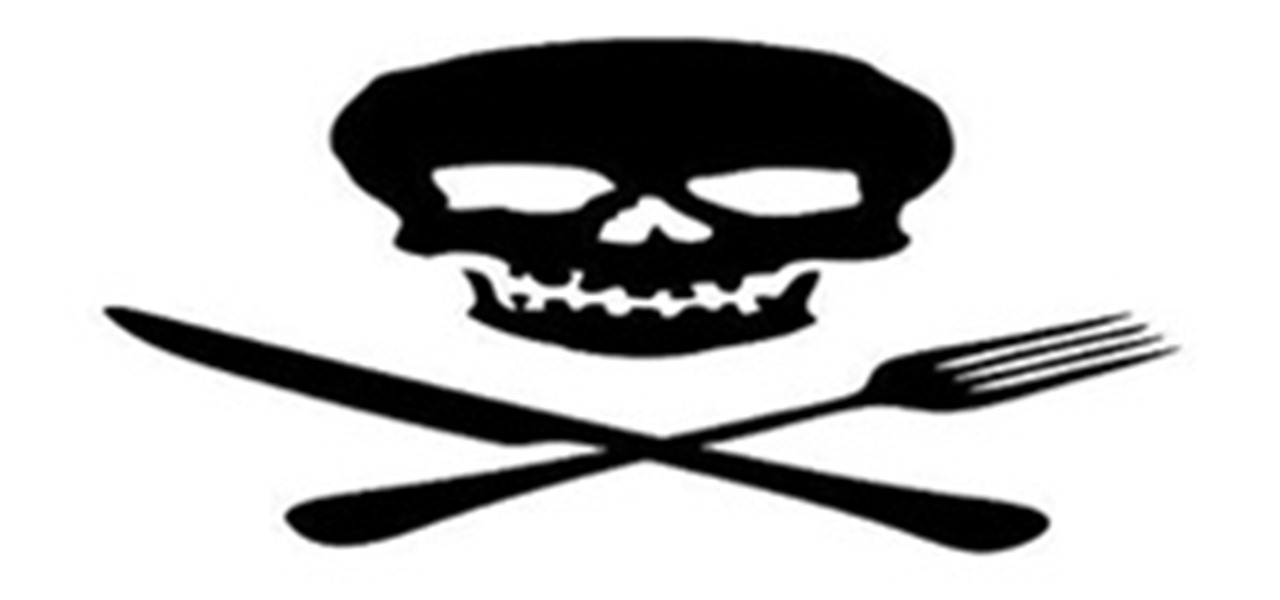
Diet = Die or Eat As Biological definition, food is defined as; any substance consumed to provide nutritional support for the body. It is usually of plant or animal origin, and contains essential nutrients, such as carbohydrates, fats, proteins, vitamins, or minerals.
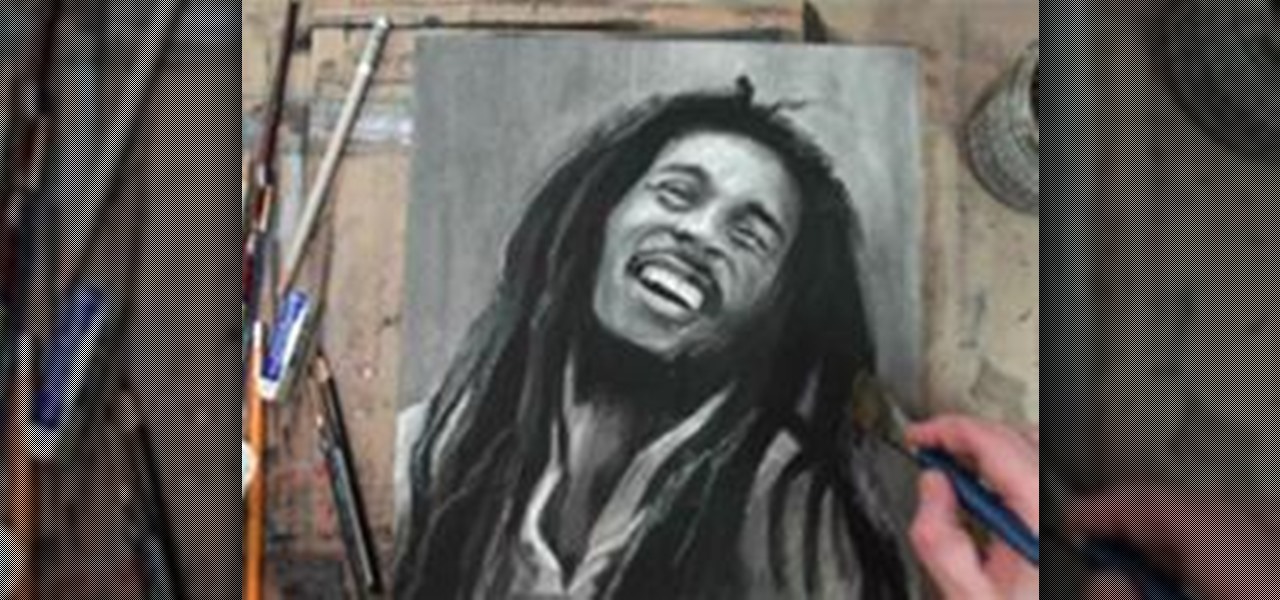
I usually do step-by-step drawing tutorials, but I found drybrush technique to be fascinating and possibly superior to pencil drawing. Pencils are limited tools because they can only be applied with a point of some sort (with the exception of a graphite stick), while paintbrushes allow artists to think in terms of shapes instead of lines. If you look around the room that you are currently in, I guarantee you that you will not see anything that resembles an edge that a pencil gives you; the wo...
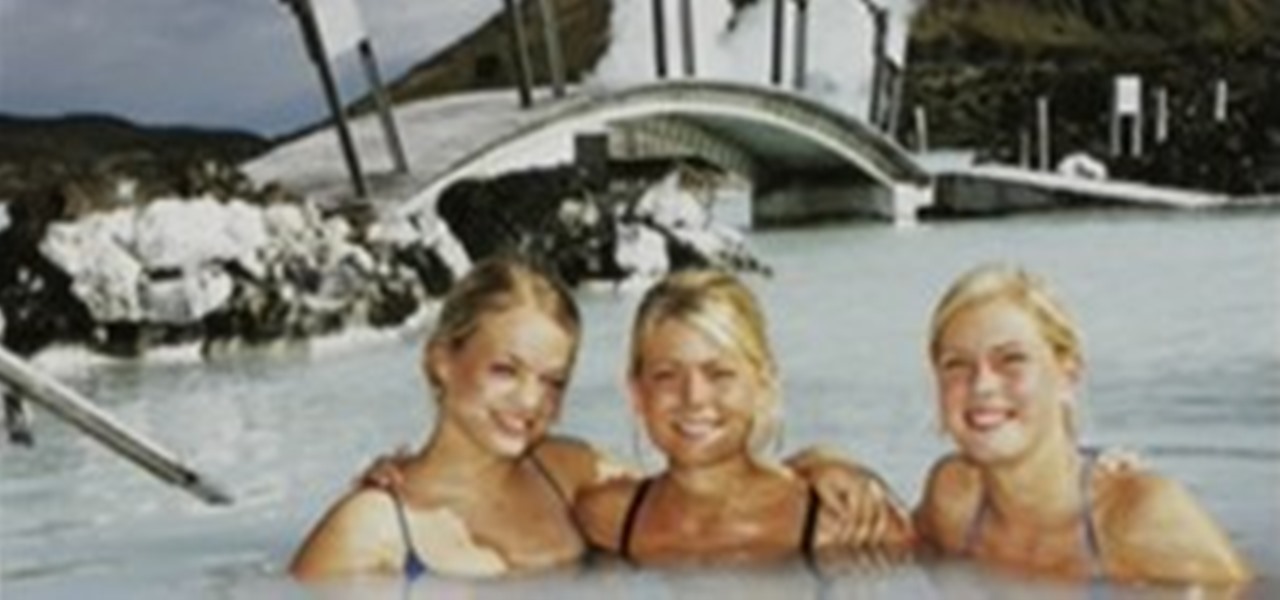
Iceland Adventure Travel Are you an "adventure traveler?" That's right an adventurer traveler! Adventure tourism is becoming a popular travel niche all over the world for adventure seekers. These are people who don't necessarily want to sit on the beach with a cocktail with a tiny little umbrella in it, but rather experience the great outdoors through participating in activities.
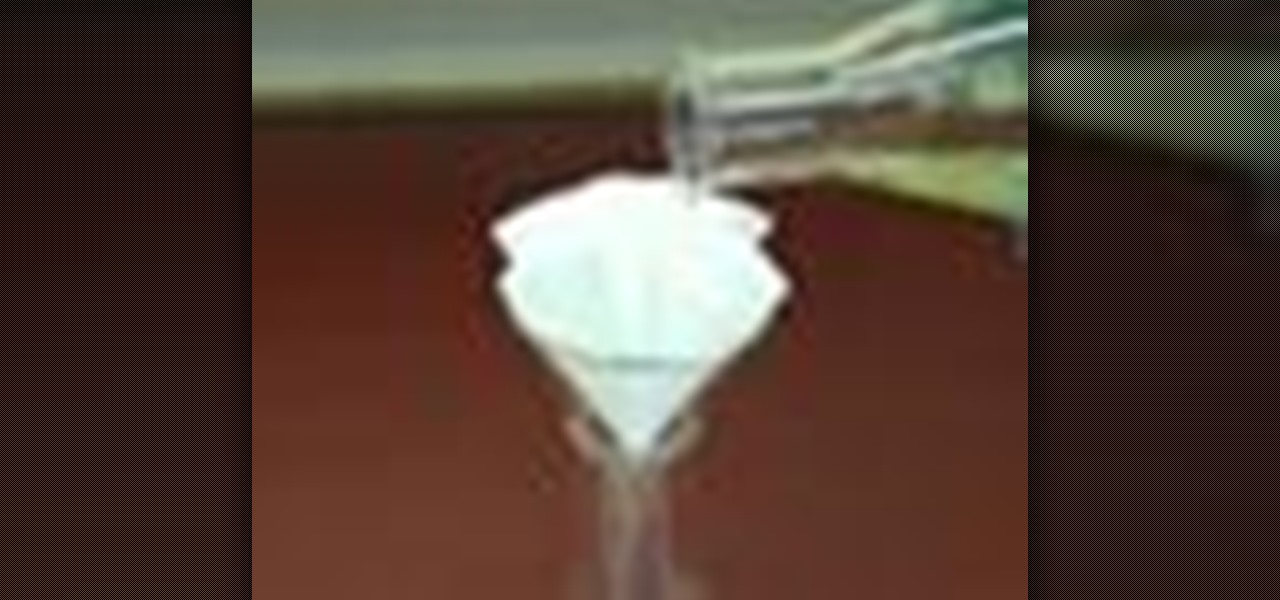
The Interactive Lab Primer (ILP) has been developed as part of the Royal Society of Chemistry Teacher Fellowship Scheme, one of the themes of the Chemistry for Our Future program, and initiative which aims to secure a strong and sustainable future for the chemical sciences in higher education. The aim of the ILP is to address the diverse range of experience and skills students bring with them to a university by offering a resource to support their transition from school to the university chem...

Have you been wondering if George Washington is related to you, what about Christopher Columbus, maybe even John Wilkes Booth? Well, with a little help from Ancestral Quest, you might just find out.

Since the first time we've been to Mars, the question was 'Did there used to be life here?'. That all changed for the better when NASA told us that the Opportunity rover found signs of water- the essential part to life. NASA officials on Wednesday said the rover discovered a mineral vein of gypsum running along the rim of a crater called Endeavor. The gypsum was deposited by flowing water billions of years ago. The vein is about 20 inches long. They found it while studying a rock called Tisda...
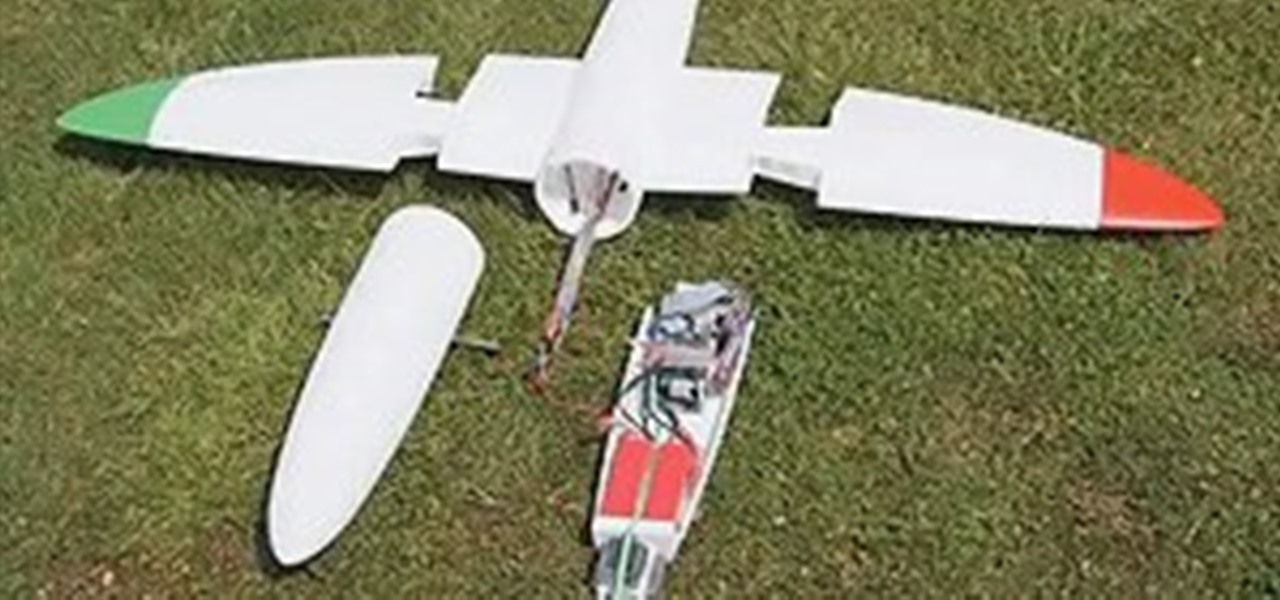
The use of unmanned aerial vehicles (UAVs) has been widely used by the military for surveillance and reconnaissance missions—even armed combat. But there are other beneficial applications of an unmanned aircraft, such as search and rescue operations, scientific exploration, locating mineral deposits, transporting goods and even filming bikini models. But drone development can be pretty pricey, unless you just happen to have a 3D printer...
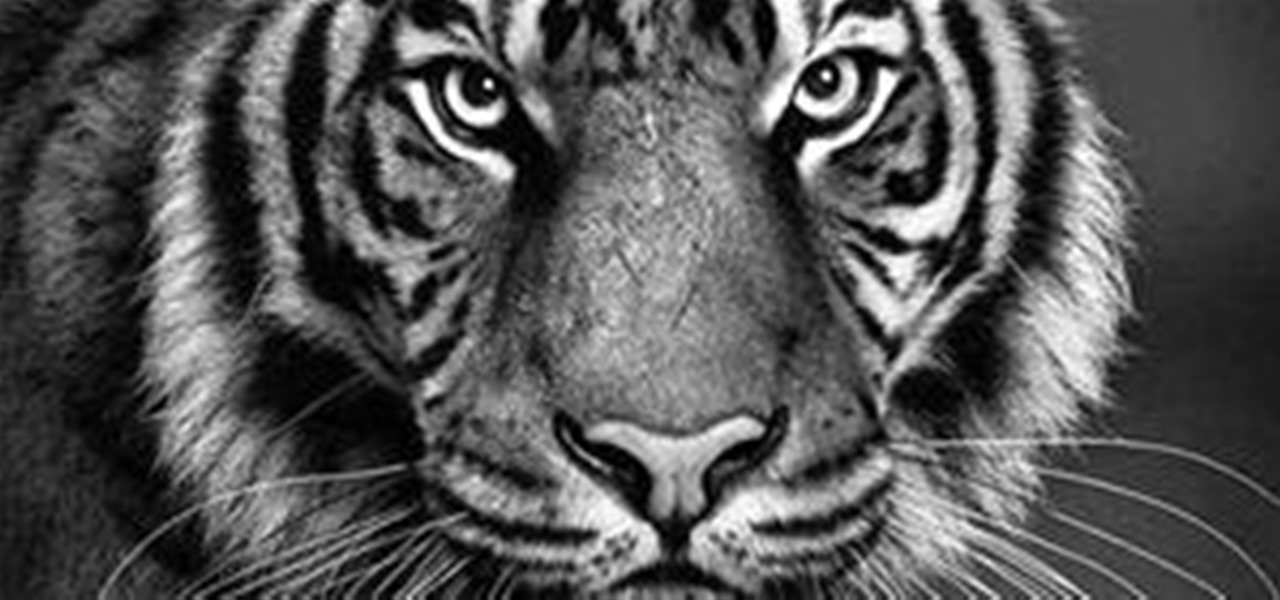
Paul Lung requires nothing but a 0.5 mm technical graphite pencil, plus one sheet of A2 paper to create a nearly perfectly hand drawn facsimile of a photograph. The 38-year-old graphic designer of Hong Kong spends up to 60 hours on each labor intensive drawing.